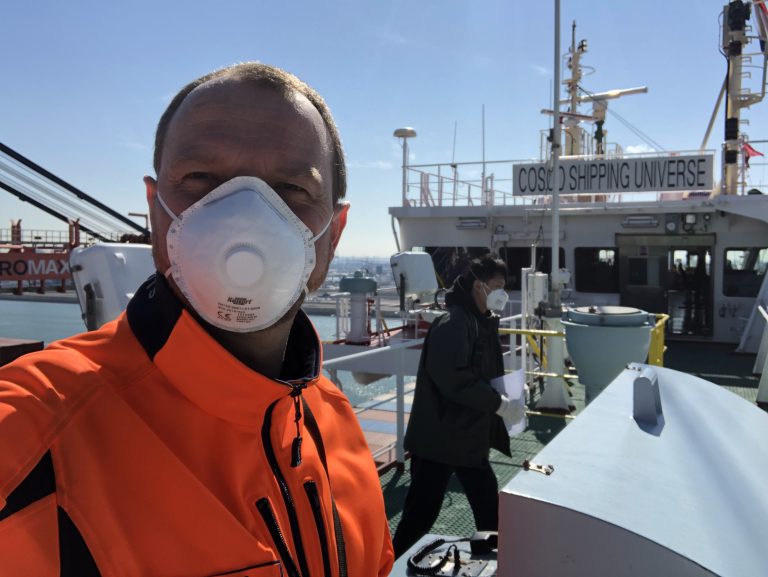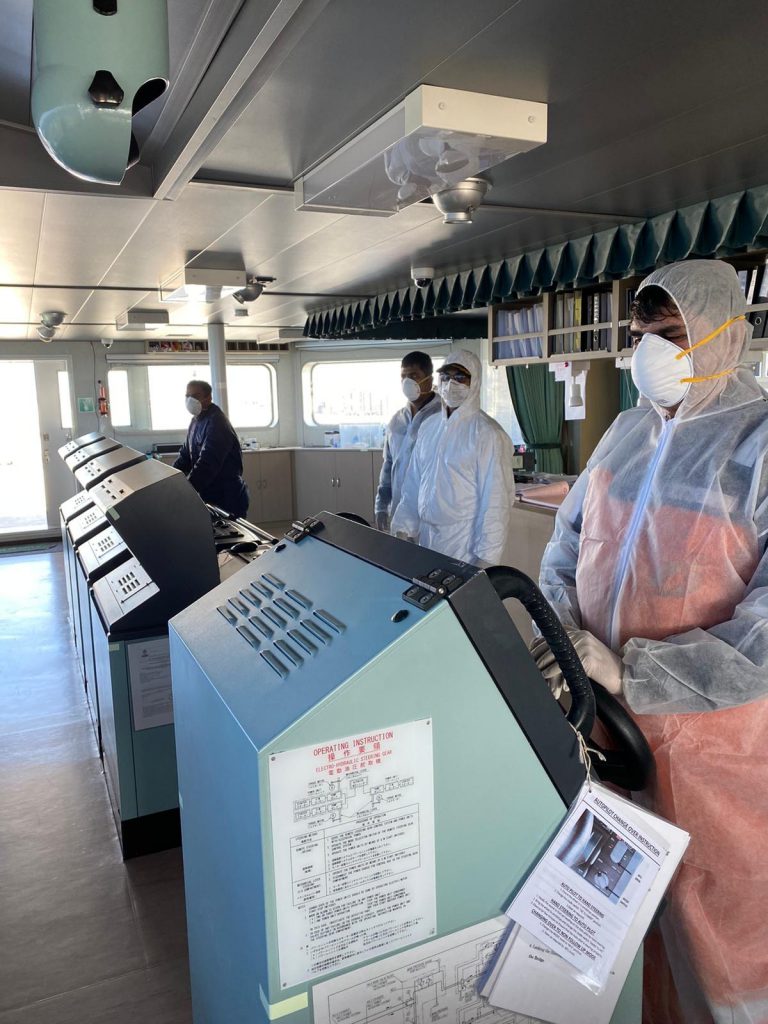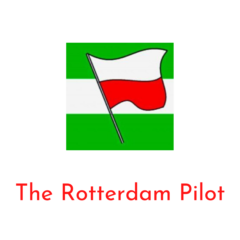
As the world struggles with the Covid-19 virus, the maritime world is being hit hard, not only economically, but also socially and operationally. Where different countries use different ways to defeat this deadly virus, it is a challenge to deal with this in the international business of shipping. After all, in shipping there are no borders.
For a ship on a typical voyage, both the shipowner and the flag state, as well as the countries where the departure and arrival ports are located have their own procedures how to protect the crews and the ships from the dangerous virus.
The pilots who have to deal with the different ships are faced with their own challenges. Pilot boats and tenders are small ships where people often stay close to each other, on the way to and from the ship. The physical challenges of the work and limitations of the ships, such as climbing pilot ladders and moving through small spaces, do not effectively allow the use of many PPEs.
The procedures to prevent the spread of the corona virus that are observed locally in the ports often do not correspond to the procedures used on board the ships. It is difficult to deal with this and this can lead to misunderstanding between the pilot and the ship’s crews. This results in tensions that can affect the pilot’s relation with the bridge team, and thus his work.
As an example: The profession of pilot is referred to in the Netherlands as a “vital profession”, classified by the government under the term “shipping handling”. Just like in the rest of the country, the national standard of social distancing is used in the port of Rotterdam. It is mandatory that the pilot, as long as he is free from fever and shows no signs of corona, goes to work, he is not tested for COVID-19. He does not even have to wear PPEs. As long as the pilot keeps 1.5 meters away from others, he can do his job, is the theory.
It is clear that the above practice clashes with certain measures on board ships. The pilot comes on board via a gangway or pilot ladder and is received on deck or in the accommodation by a crew member according to the rules. He has to go through a system of corridors and sometimes a lift to the bridge, where space is limited as well.
In recent weeks we have seen crews who do not have any procedures to combat Covid-19 contamination. Also, we have seen crews dressed from head to toe in protective gear, comparable to nurses in an intensive care unit. It has happened more than once that pilots were checked for fever by means of thermometers. Some pilots were asked to sign a health declaration before they could start their duties. On some ships, the pilot was not allowed to touch anything on the bridge, not even the navigation or communication equipment with which he would have to work.

It is important for us to recognize that the pilot is the first “intruder” of a ship that has often been quarantined by nature at sea for weeks prior to arrival in port. We are the possible first source of the danger, so it is understandable that the captain and his crew are suspicious. On the other hand, it is also important to create the conditions in which the pilot and crew can successfully work well together.
It is not easy to come up with a simple solution to this procedure-gap problem. After all, there is no internationally recognized maritime standard for dealing with a pandemic. Until then, it is important for all parties to be aware of the risks, but certainly also of the social and cultural differences. The use of mouth masks and gloves by the pilots on board ships has become standard practice, even though according to the port state this would not be necessary.
All in all, the work has not become easier. As long as we understand each other and recognize that nautical service providers and the crews are doing their utmost in these difficult circumstances to keep the cargo flows going, we can bring this challenging situation to a successful conclusion.
Herman Broers
